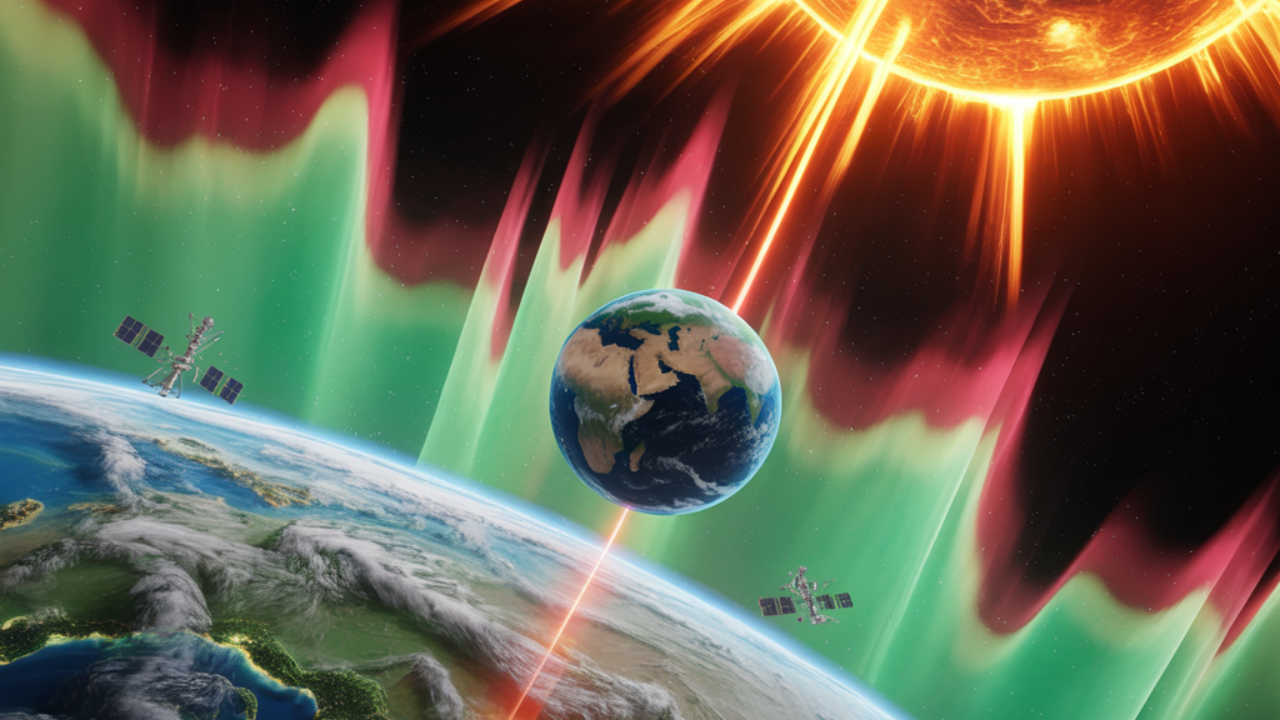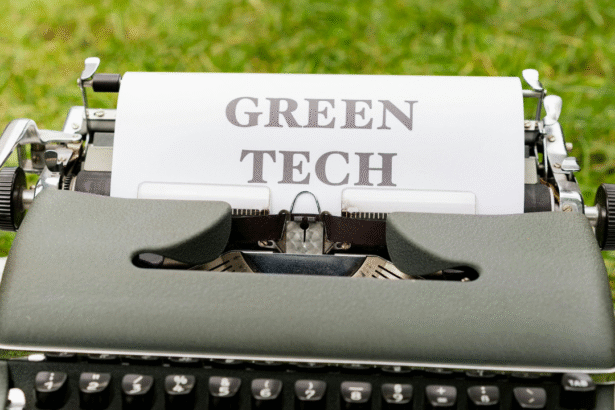When we think of dangers to our modern world, we often picture cyberattacks, climate change, or economic crises. But there’s another, less visible threat brewing in space—solar storms. These cosmic events, driven by the dynamic behavior of our Sun, are part of what scientists call space weather. While invisible to most of us on Earth, solar storms have the potential to disrupt satellites, damage power grids, and interfere with the technologies that define modern life.
In this blog, we’ll explore what solar storms are, how they affect us, the risks they pose, and what we’re doing to prepare for them.
What are Solar Storms?
Solar storms are powerful bursts of energy that erupt from the Sun’s surface. They come in different forms, but the two most concerning are:
- Solar Flares – Sudden flashes of radiation caused by magnetic energy near sunspots. They release intense X-rays and UV radiation that can interfere with satellite signals and radio communications.
- Coronal Mass Ejections (CMEs) – Massive eruptions of plasma and magnetic fields hurled into space. If a Coronal Mass Ejections (CME) is directed toward Earth, it can cause geomagnetic storms—disturbances in Earth’s magnetic field that affect both technology and infrastructure.
Together, solar flares and CMEs make up the most dangerous parts of space weather.
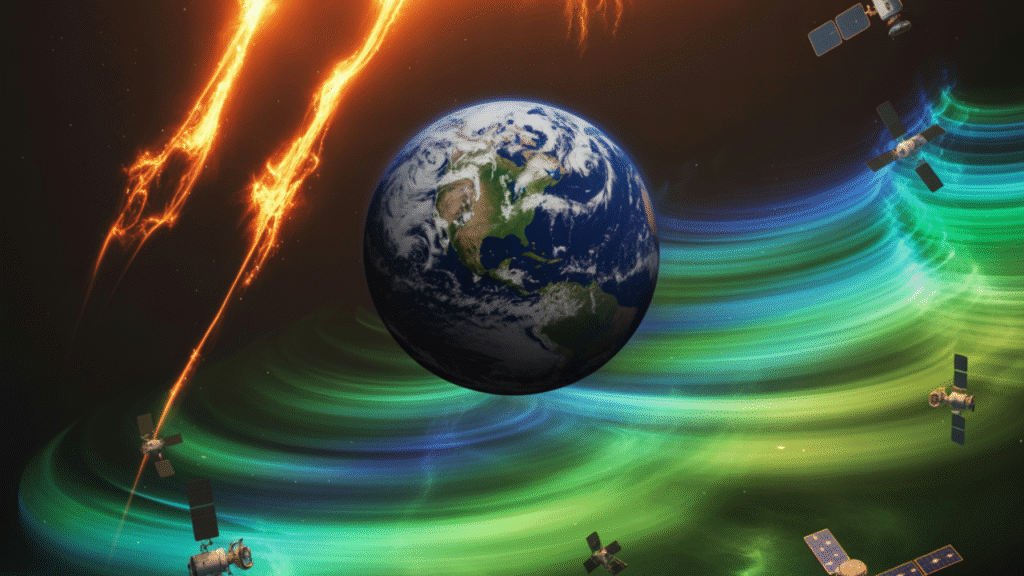
How Space Weather Affects Earth
Unlike everyday weather, space weather doesn’t bring rain or wind—it influences magnetic and electrical systems on Earth and in orbit. Some of the key impacts include:
- Satellite Malfunctions: Solar radiation can disrupt GPS, communication satellites, and even shorten satellite lifespans by damaging electronics.
- Power Grid Failures: Geomagnetic storms induce electric currents in power lines. In extreme cases, these surges can overload transformers and knock out electricity for millions.
- Radio Blackouts: High-frequency radio signals, vital for aviation and maritime navigation, can be blocked during solar flares.
- Astronaut Safety: Solar radiation poses direct risks to astronauts outside Earth’s protective magnetic shield.
- Aviation Routes: Polar flights are sometimes rerouted during solar activity to avoid communication issues and radiation exposure.
In short, space weather may be invisible, but its ripple effects are everywhere—from your internet connection to the lights in your home.
Historical Examples of Solar Storms
To understand the risks, we can look back at past solar storms:
- The Carrington Event (1859): The most powerful solar storm on record. Telegraph systems across Europe and North America caught fire, and auroras were seen as far south as the Caribbean. If such an event happened today, it could cripple global technology.
- The Hydro-Québec Blackout (1989): A geomagnetic storm caused by a CME knocked out power in Quebec, Canada, leaving six million people in the dark for nine hours.
- Halloween Storms (2003): A series of solar storms disrupted GPS, satellite communications, and even forced airlines to reroute flights.
These events remind us that while rare, severe solar storms are real threats.
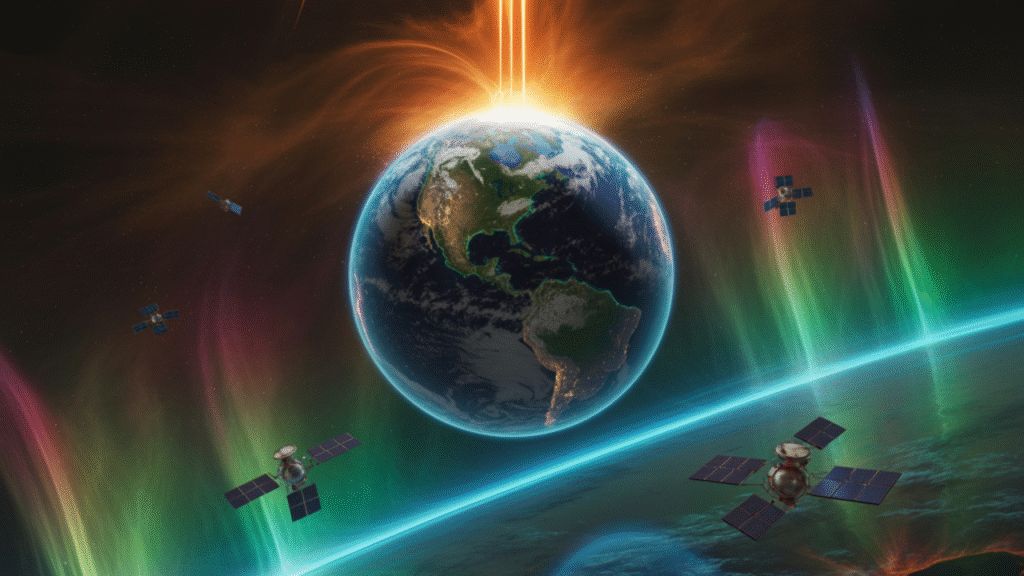
The Risks to Modern Technology
Our world is far more dependent on technology today than during the 19th or even the late 20th century. That makes us more vulnerable. Imagine if a powerful solar storm struck now:
- GPS navigation for airplanes, ships, and cars could be disrupted.
- Satellites supporting internet, television, and mobile networks might go offline.
- Global financial transactions could be delayed or halted.
- Power grid damage could lead to widespread blackouts lasting days—or even months in the worst-case scenario.
This isn’t science fiction—it’s the reality of living in a digital age under the influence of the Sun.
Monitoring Solar Storms
The good news? We’re not flying blind. Space agencies around the world constantly monitor the Sun for signs of activity.
- NASA’s Solar Dynamics Observatory (SDO) studies solar flares and sunspots.
- NOAA’s Space Weather Prediction Center (SWPC) issues warnings and forecasts of geomagnetic storms.
- ESA’s Solar Orbiter and NASA’s Parker Solar Probe are getting closer to the Sun than ever before to understand its behavior.
These efforts provide early warnings, giving airlines, power companies, and satellite operators time to prepare.
Preparing for the Future
Since we can’t stop solar storms, the key lies in preparation. Steps being taken include:
- Power Grid Resilience: Utility companies are working to harden transformers and power systems against geomagnetic surges.
- Satellite Shielding: Engineers design satellites with better shielding to withstand solar radiation.
- Backup Systems: Redundant communication systems are being developed to ensure essential services remain available.
- International Cooperation: Agencies across the globe share space weather data to issue timely alerts.
Still, the unpredictability of the Sun means society must remain vigilant.
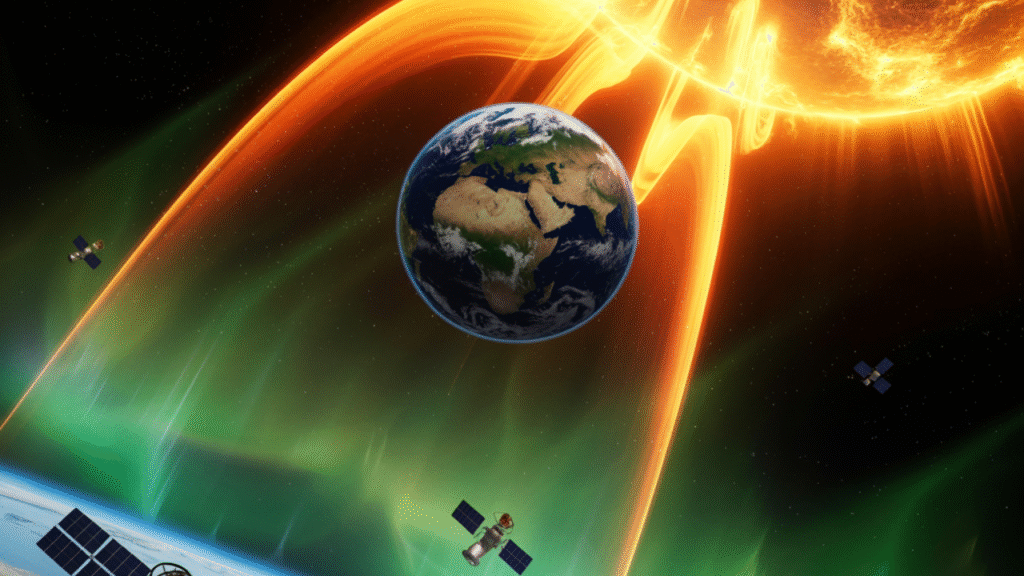
The Bigger Picture: Why Space Weather Matters
Solar storms are a reminder that Earth is not isolated—we live in an interconnected cosmic system. Just as climate change shapes our planet’s environment, space weather shapes our technological environment.
By studying and preparing for solar storms, we’re not just protecting satellites and power grids—we’re safeguarding the foundations of modern civilization.
Conclusion
Solar storms and space weather may sound like distant, abstract concepts, but their effects are very real and potentially devastating. From satellites to power grids, our modern infrastructure is vulnerable to the Sun’s moods.
The key takeaway is simple: we can’t control solar storms, but we can prepare for them. With continued research, monitoring, and global cooperation, humanity can weather even the most powerful storms from our nearest star.
So the next time you see a dazzling aurora lighting up the night sky, remember—it’s not just a beautiful light show. It’s a reminder of the cosmic forces that shape our world.



